How to Weatherstrip Your Garage Door to Keep Out Drafts and Pests
 The garage door is the most significant point of entry—and one of the most popular spots for drafts, dirt, rain, and pests to get into the garage. Not to mention its significant role in the overall energy efficiency of the entire house, Hall Garage Doors is here to show you just how easy it is to weatherstrip your garage door and ensure your garage stays warm and safe all season long.
The garage door is the most significant point of entry—and one of the most popular spots for drafts, dirt, rain, and pests to get into the garage. Not to mention its significant role in the overall energy efficiency of the entire house, Hall Garage Doors is here to show you just how easy it is to weatherstrip your garage door and ensure your garage stays warm and safe all season long.
Why Weatherstripping Matters
Insulated: Seals out drafts & insulates, improving your home’s energy efficiency.
Pest Protection: Prevents bugs, rodents, and other critters from entering your garage.
Waterproof Barrier: Repels rain and snow and brings the most innovative element to the process.
Reduction Of Noise: An aid in reducing outside noise, which falters your indoor environment.
Tools & Materials You’ll Need
- Replacement weather strip (bottom seal, jamb seals, top seal)
- Utility knife or scissors
- Tape measure
- Set of hammer and nails or screw and drill (it depends on the kind of seal)
- Pliers (to pull out old nails/staples)
- Cleaning supplies (rag, mild detergent)
Step-by-Step Guide to Weatherstripping Your Garage Door
Examine the Old Weatherstripping: Examine the bottom, sides, and top of your garage door for damaged or brittle weatherstrips or ones with loose attached screws or broken seals. It needs to be replaced if it’s damaged — or worn out.
Remove Old Weatherstripping: Then, with the help of pliers, pull the nails, staples, or adhesive securing the old seals. Cleaning the surface’s reticles ensures the new strip adheres to them well.
Measure and Cut: Measure the bottom, sides, and top of your garage door. Use scissors or a utility knife to cut your new weatherstripping.
Install Bottom Seal: Slide the new bottom seal into the retainer track (if you have one) or nail/screw it to the bottom edge of the door. Make sure it seals well when the door is shut.
Install Side and Top Seals: Position the side seals so they slightly overlap the closed door and nail (or screw) them in place. Repeat with the top seal.
Test the Seal: Shut the door by your garage and find the gap. The seals should give a little bit but not obstruct the door. Adjust if necessary.
Pro Tips from Hall Garage Doors
Opt for Quality Materials: Vinyl and rubber seals offer much longer-lasting performance and can endure the outdoor elements far better than their less expensive counterparts.
Don’t Forget the Garage Door Threshold: Adding a threshold seal to the garage floor can seal the gap even more.
Think About Hiring a Pro: When it comes to difficult installs or custom garage doors, our crew at Hall Garage Doors is always glad to help.
Final Thoughts
Not only is weatherstripping your garage door a simple DIY project that’s well worth the effort (you’ll save in both comfort and cash and protect your space year-round), but it’s actually pretty fun, too. If you have questions or need help selecting the appropriate materials for your garage use, feel free to reach out to us at Hall Garage Doors — we’re here to help you protect and beautify your garage.
Looking for help or weatherstripping services? Give us a call at Hall Garage Doors now!
